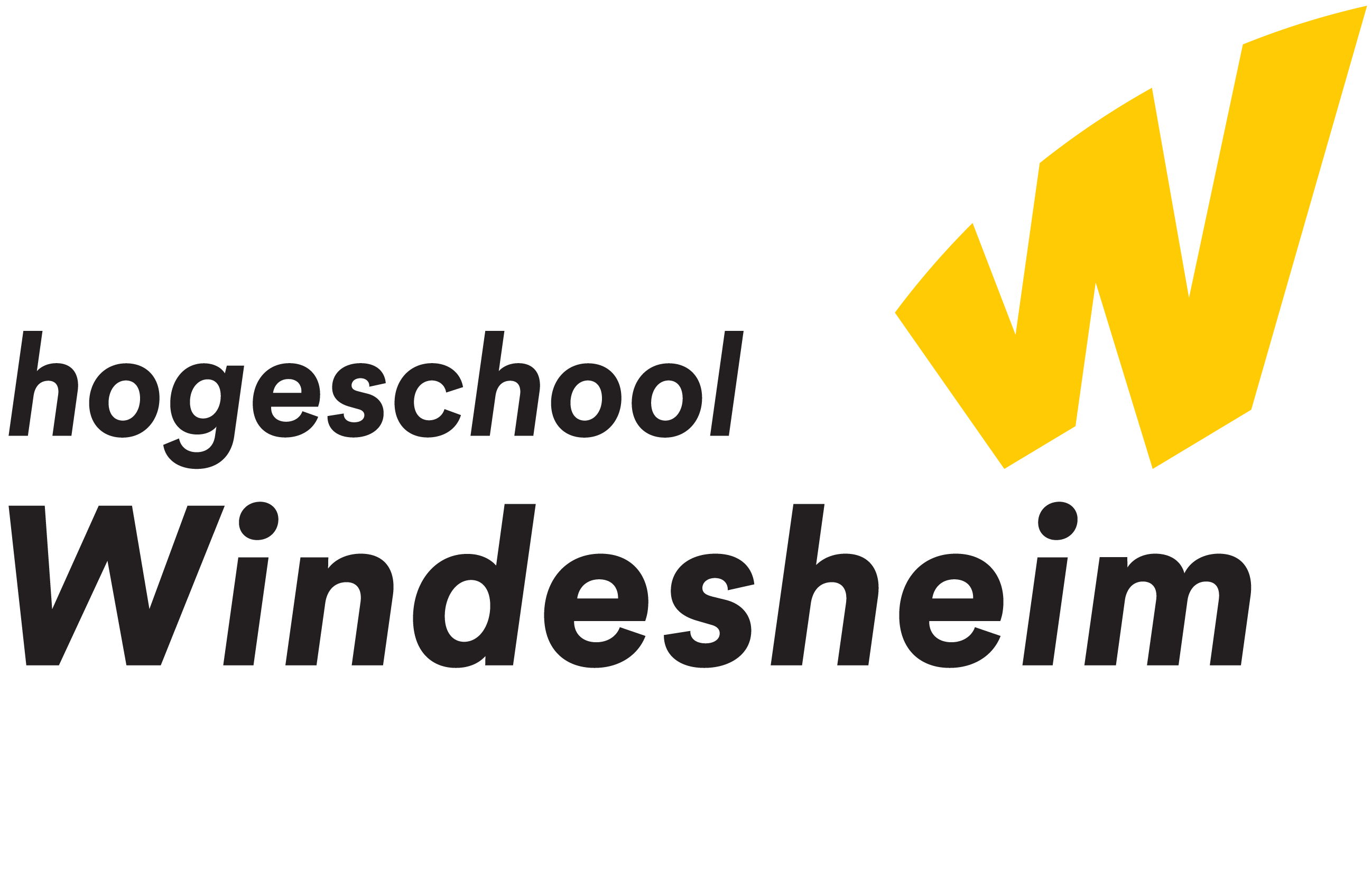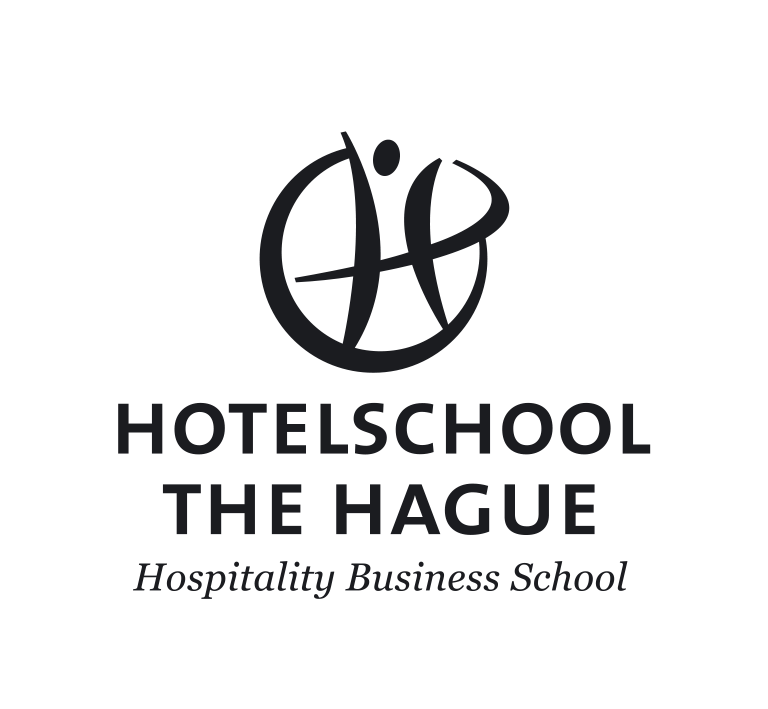The Value of Agile Methods in Designing for Behavioural Change
A Case StudyThe Value of Agile Methods in Designing for Behavioural Change
A Case StudySamenvatting
Past research on designing for behavioural change mostly concerned linear design processes, whereas in practice, Agile design methods are increasingly popular. This paper evaluates the possibilities and limitations of using Agile design methods in theory-driven design for behavioural change. We performed a design case study, consisting of a student design team working on improving waiting experiences at Schiphol Airport security and check-in. Our study showed that Agile design methods are usable when designing for behavioural change. Moreover, the Behavioural Lenses toolkit used in the design process is beneficial in facilitating theory-driven Agile design. The combination of an Agile design process and tools to evidentially inform the design enabled the design team to formulate viable and interesting concepts for improving waiting-line experiences. However, limitations also occurred: a mismatch between the rate at which the Scream method proceeded and the time and momentum needed to conduct in-depth research.
| Organisatie | Hogeschool Utrecht |
| Afdeling | Kenniscentrum Economisch Sterke en Creatieve Stad |
| Kenniscentrum Digital Business & Media | |
| Lectoraat | Communicatie in Digitale Transitie |
| Gepubliceerd in | The Design Journal Vol. 20, Uitgave: Supplement 1, Pagina's: s681-s690 |
| Jaar | 2017 |
| Type | Conferentiebijdrage |
| DOI | 10.1080/14606925.2017.1353014 |
| Taal | Engels |






























